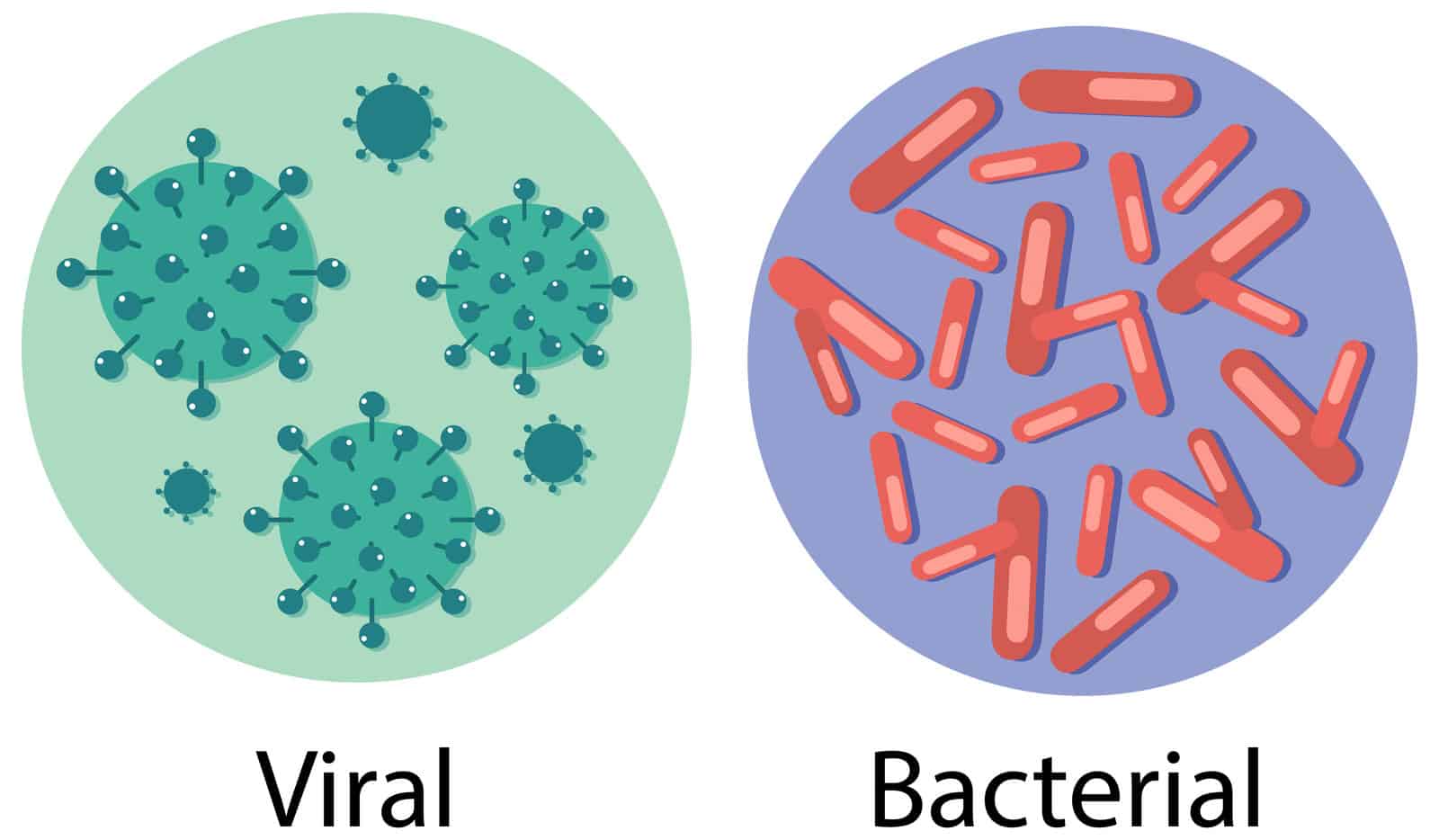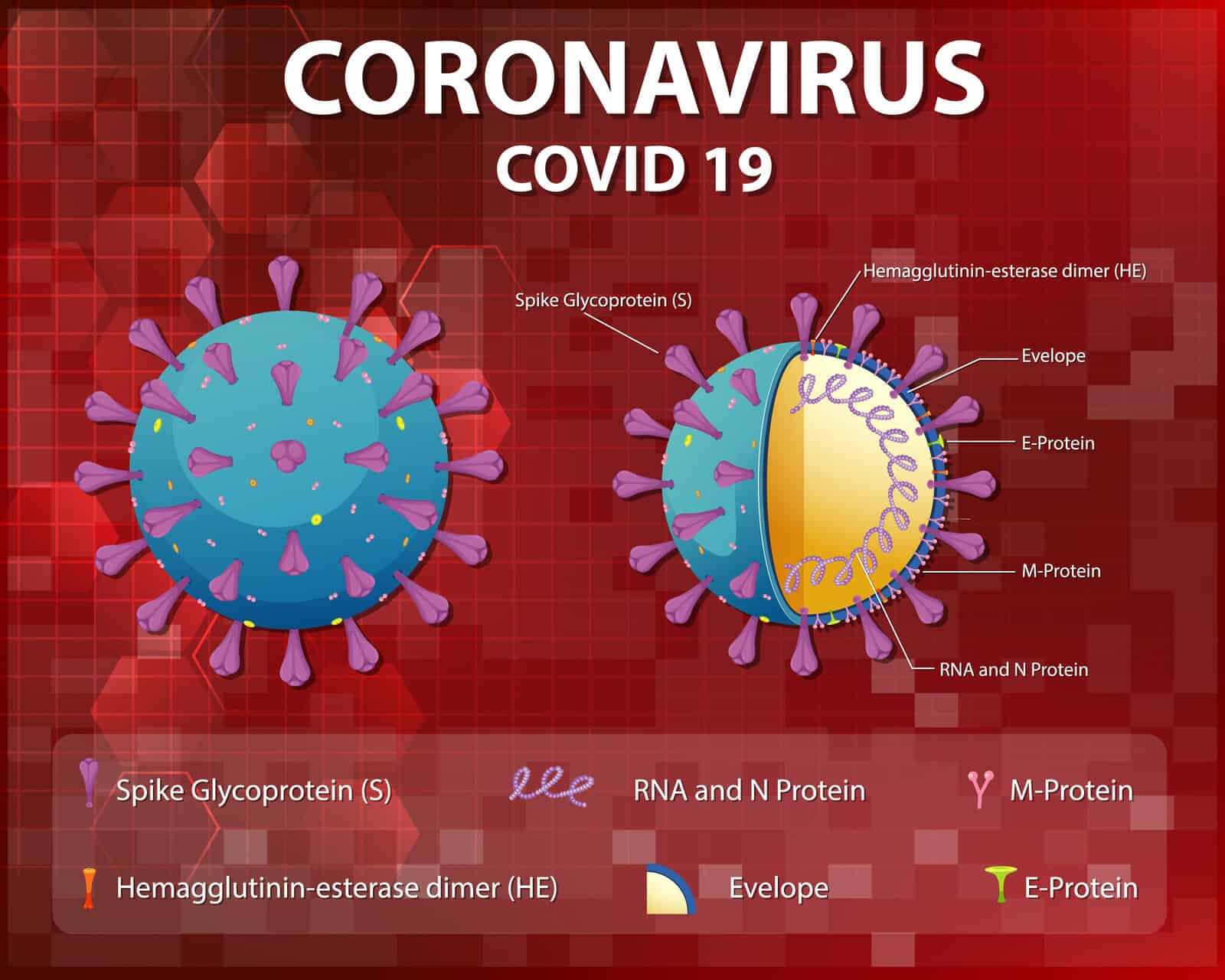
What is an Infectious Disease?
The coronavirus is all over the news and media, so it is very natural that children are asking questions like what is an infectious disease? Science isn’t everyone’s strong point and, at times, it can be difficult to convey to children the answer to what an infectious disease is.
Finding ways to explain to children what an infectious disease is can be attained by a variety of sources online, all producing rich content for people to avail of and enjoy. Learning about what is an infectious disease can help children not to spread them and teach them the importance of washing hands and general hygiene in combating the spread of infectious diseases.

Defining an Infectious Disease
Understanding the answer to what is an infectious disease can prevent the spreading of harmful substances that could possibly cost human lives. Infectious diseases are caused by pathogens like viruses, bacteria, parasites, or fungus. An easier way of explaining pathogens is referring to them as bad germs.
As humans, our natural response is to think about these things in humans, but these types of pathogens are present in animals, plants, and microorganisms. All of these things can be made sick via infectious diseases.
So, knowing pathogens is usually a good start to understanding the answer to what is an infectious disease. Infectious diseases are created by pathogens. Doing things like washing your hands removes harmful germs from your hands, preventing transmission through mouth and body.
A pathogen is a tiny organism that invades the body and causes it to become ill. Knowing what viruses, bacteria, parasites, and fungi are can help you look for signs of infection and also take preventative measures for your health as well as your loved ones.
Pathogens are split into the categories of viruses, bacteria, parasites, and fungi. They all have different causes, symptoms, and diseases that accompany them. Possibly the most famous is the virus. Viruses are minuscule and are distinctive due to being made up of DNA and proteins. Things like the cold, the flu, measles, and hepatitis are all examples of viruses. Bacteria are also very tiny.

They can survive without a host, unlike viruses. Things like cholera, tuberculosis, and tetanus are all examples of bacteria. Parasites are organisms that live off their hosts. This is things like ticks and mosquitos drinking their blood. Lymes disease, malaria, and ringworm are all examples of diseases caused by parasites living off living organisms like humans and animals. Fungi are incredibly useful as they can be found in yeasts and moulds which are sometimes used to feed humans. However, they can be dangerous. They can cause things like fungal meningitis and thrush.
What is an infectious disease and how is it transmitted? There are multiple ways that infectious diseases are transmitted and they can be incredibly varied. Some infectious diseases are transmitted through food and water contamination. This can happen when food is undercooked or out of date.
Sewage sometimes infects water supplies which makes those who drink it very sick. This is a typical way of typhoid and cholera being transmitted into drinking supplies. Insect bites are painful and irritating. Most are nothing to worry about but others can have serious health consequences. Insects like fleas, mosquitos, and ticks all carry pathogens that can unleash incredible harm to their hosts. Humans can contract diseases like malaria and Lyme disease from these insects.
Humans can also directly pass on diseases to one another. From shaking hands and kissing, to simply sneezing without covering your nose, people can be susceptible to things like the cold and flu from others. Some pathogens can even survive for a while outside of the host. So, they can stay on things like doorknobs and mobile phones. Making sure you clean objects and wash hands can prevent the transmission of diseases.
What is the Coronavirus?
The coronavirus is the most popular topic in the media currently and it is natural that children are asking questions like ‘What is the coronavirus?” and ‘What is an infectious disease?”. If your children are older, having a conversation with them about the science of viruses is not a bad idea.
They will probably ask questions and it will provide an opportunity to discuss measures intended to delay the spread of disease. For younger children, using language and wording that is more suitable to them like ‘sickness’ and asking them questions about what they know is a great way to engage them in discussing the coronavirus.
Depending on your child, some may want to talk about this in great detail, others might want to have a quick discussion and might not have any questions on the subject. Following your child’s lead on this is important. As long as they are informed and being sensible by washing their hands and adhering to government guidelines as much as possible, then there is no need to have a long discussion about what the coronavirus is or what is an infectious disease.

Encouraging them to feel safe is important, but make sure that you are being truthful too. Ensuring that they wash their hands and understand why it’s so important that they do is a short conversation to have with children if that’s all they want it to be.
Sometimes, children ask questions that we don’t know the answer to and that’s okay. This is a great opportunity for you both to learn together. Looking up videos and watching content together or reading educational websites is a great way to help your children remember why certain measures are being taken to protect them and their families and friends. Talking to them about it calmly and reassuringly is also important.
You don’t want your children to be anxious about things outside of their control, so emphasis that they are doing good things by playing with their household and not just with their other friends is helping fight the disease. Showing them ways to help like washing hands and getting lots of sleep and drinking lots of water are great ways to encourage children to comply with the guidelines set out by the government.
We hope you liked today’s lesson as much as we enjoyed writing it for you. If you want to learn more about Math and many other interesting things like: Heart, Nose, Eyes, Respiratory System, Urinary System and Skeletal System.
Why not subscribe to our LearningMole Library for as little as £1.99 per month to access over 2100 fun educational videos.


Leave a Reply